Portland Trail Blazer Arvydas Sabonis’ Legacy and Son Domantas Sabonis
You just had to be there.
If you weren’t around for the wraparound passes, the unlikely bursts of athleticism from an ancient body, and the flat-footed threes, then you wouldn’t understand.
Arvydas Sabonis was a specimen the likes of which the NBA hadn’t seen, and the Portland Trail Blazers were lucky to have him, even if it was a decade and several lower body injuries later than we would have liked.
In a piece of ESPN both deep and insightful, Baxter Holmes paints the shadow cast by father Arvydas over son Domantas, current forward for the Sacramento Kings. The story of Arvydas blends basketball, injury, and cold war politics that delayed his arrival in Portland:
In 1982, Indiana Hoosiers head coach Bob Knight said after an exhibition game between the Hoosiers and the Soviet national team, in which the 17-year-old Arvydas led fast breaks, made turnaround jumpers, and finished with 25 points, 8 rebounds and 3 blocks, that Arvydas “was as good a prospect as I’d ever seen.” For years, his legend only grew. U.S. politicians became involved, trying to assist in bringing him to the NBA, but Arvydas remained behind the Iron Curtain, caught in the geopolitical pull of the Cold War. He suffered two Achilles tendon ruptures in his early 20s — he later suspected one was from overuse — before the Soviets relented, allowing him to visit Portland for treatment in 1988.
In his youth, Sabonis wasn’t good: he was dominant. He could flash out and block perimeter jumpers. He could soar a foot above the rim for putbacks. The flat-footed threes had more lift, and with more mobility and a more slender frame he was able to run the court like a gazelle. He was a two-way, super-coordinated jump-shooting center in a time before that was a thing.
Arvydas didn’t make it stateside permanently until 1995, where despite being 30, slowed by injury, and a bit on a heavy side, finished second in Rookie of the Year honors to future Blazers guard Damon Stoudamire:
Age and injuries had slowed him considerably, but he was still a force, which presented a tantalizing question that has lingered ever since: What if Arvydas Sabonis had come to the NBA in his prime? “We would have had four, five or six titles,” former Blazers great Clyde Drexler once told ESPN. “Guaranteed. He was that good.”
Domantas learned about his dad’s moves the way most Blazers fans would have to nowadays: YouTube.
A few years later, in 2006, after the family had moved to Málaga, Spain, Domantas sat at his computer. Alone and curious, he typed his father’s name into YouTube. He was 10. Highlight clips emerged. As Domantas began watching, his eyes grew wider with each no-look pass and deep 3. “Wow,” he thought to himself. “He was actually really good.”
Some of those moves left indelible marks not just on fans, but on Sabas’ competition:
During the game, [former Kings guard Doug] Christie remembers, the Trail Blazers’ center stood at the elbow, caught the ball and tossed a swift, underhanded pass to a teammate, almost as if he were throwing a bowling ball down the lane. Christie almost did a double-take, he says now. “Oh s—, wow!” Christie thought to himself. Most centers passed from up high, above their shoulders, or offered a bounce pass, but in this moment — and so many others to follow — Arvydas was more creative, more daring. And Arvydas could step outside and shoot 3-pointers, too, which virtually no centers even attempted back then. Christie knew Arvydas was older, wracked by injuries and a sore back, ankles and troubled knees that left him lumbering up and down the court. “He had a torn Achilles, and he was still a monster,” Christie says. “So you can imagine what he was as a young man.”
Nowadays, Arvydas is content to watch his son – already with a longer and healthier NBA career than he had – progress his game little by little:
A 10-hour time difference separates California and Lithuania, and a 7 p.m. tipoff in Sacramento requires Arvydas to watch his son’s games at 5 a.m. local time. He watches live, but it’s difficult, he says. When he does watch, he is quiet. He studies. He loves the progress Domantas has made. Two years ago, Domantas began dribbling the ball up the court. Last year, he improved his passing. This year, his 3-point shooting. “Each year, something new,” Arvydas says. Sometimes, Arvydas will ask his son why he didn’t see a certain opportunity to score. Or why he didn’t see a specific teammate who was open. “You were also 7-3, Dad,” Domantas will say. “You could just shoot over the top or see over the top. I’m smaller. I’ve got to work a little harder.”
As a father, it’s impossible for Arvydas not to offer a bit of advice to Domantas. Predictably, it’s about taking care of his health:
“After each game, you need to go and do recuperation,” Arvydas tells his son. “It doesn’t matter if it’s two hours, three hours. It’s all for you. For your health.” And Domantas heeds the advice. “I’m always in the treatment room,” Domantas says. “Either ice bath, massages. We have all these types of machines nowadays to help you recover.” Those machines didn’t exist for Arvydas, nor did other advances in modern medicine. “I don’t feel nothing about this,” Arvydas says. “It’s impossible to know. What happened is what happened. I’m too happy to come [over to the NBA]. Okay, I’m coming and I’m 30 years old, but I know what is there and that’s it. What happened if I come if I’m 18 years old or 20 years old? Who knows?” That question will live forever, but in Domantas there is another Sabonis, a young and healthy one, playing at a dominant level in the NBA.
Share this content:
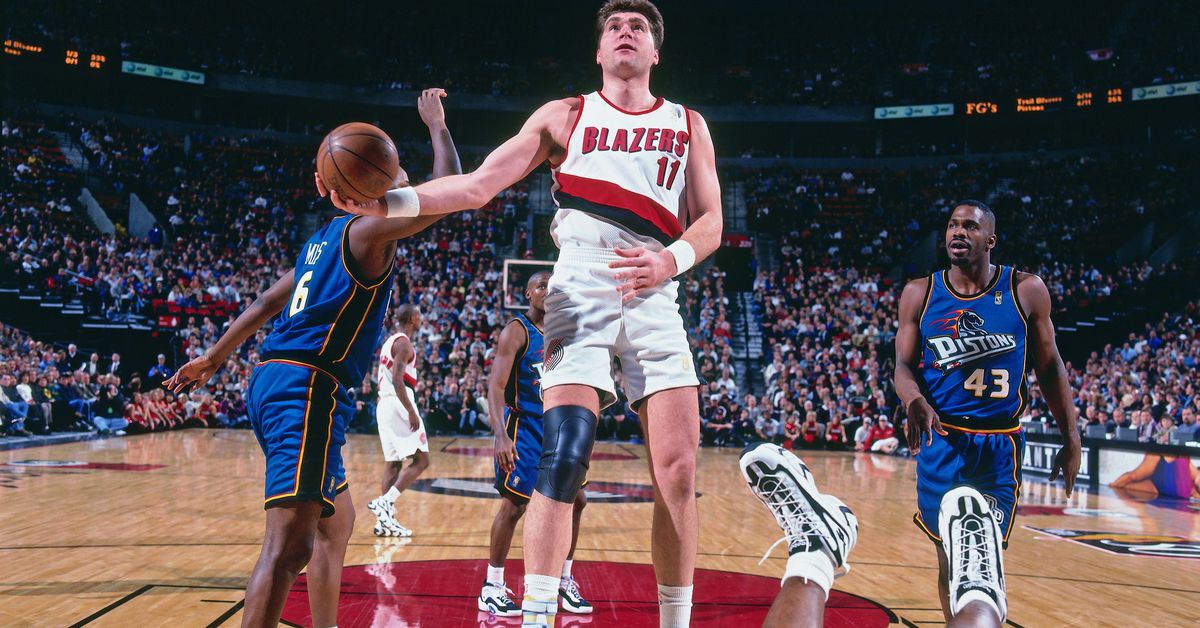

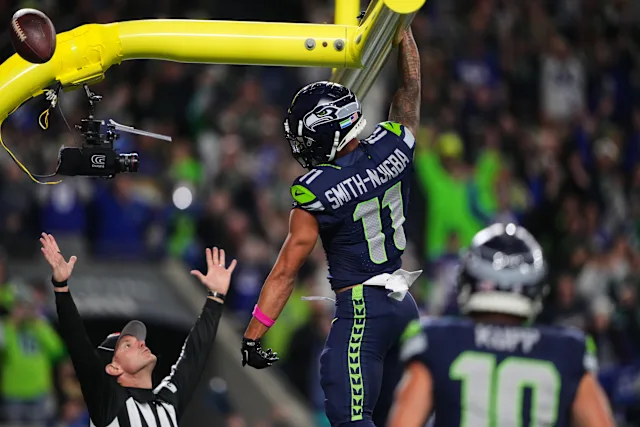
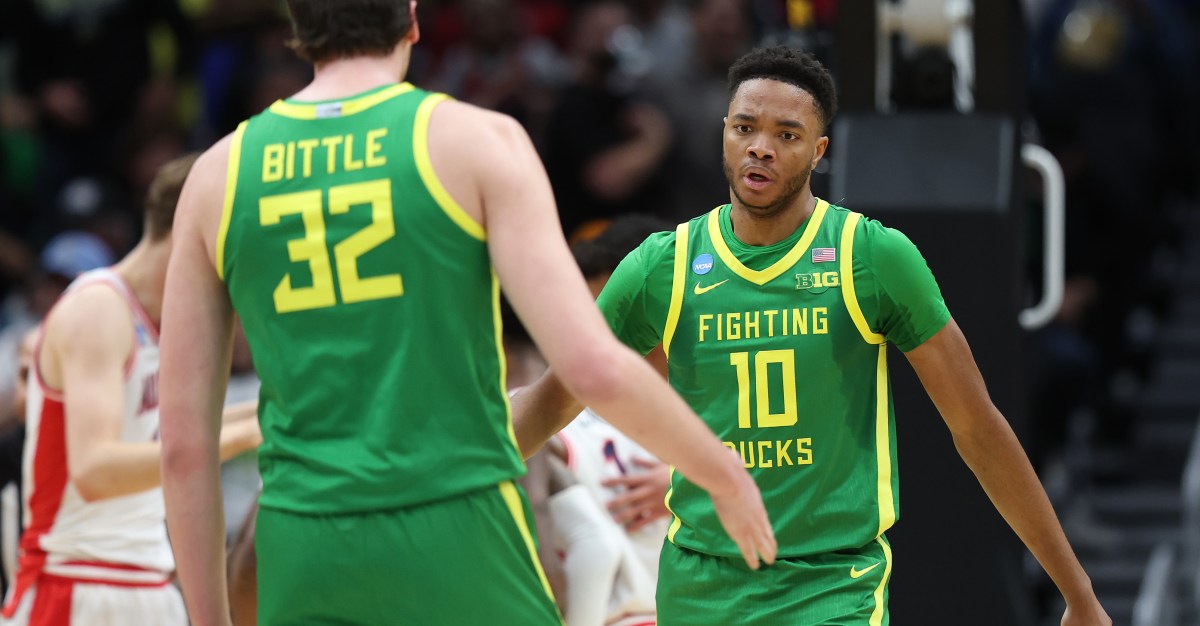
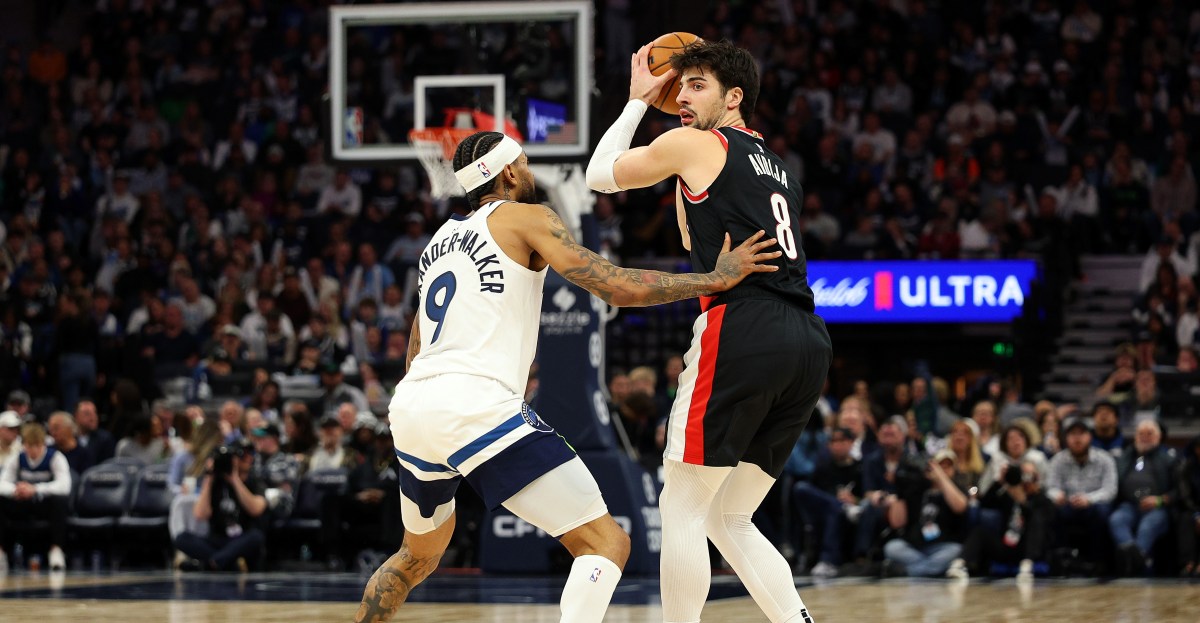



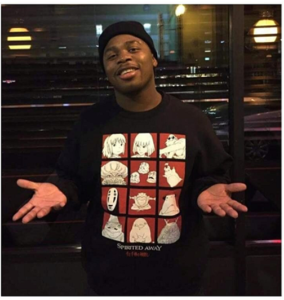

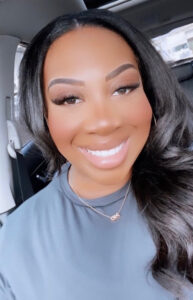
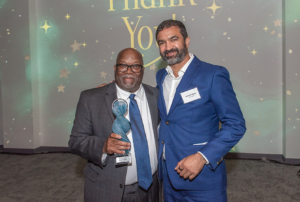

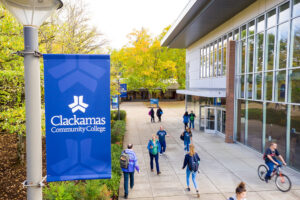

Post Comment